Content Area Vocabulary
Use glossary words in a sentence. asteroid
astronomers
dwarf planets
orbit
solar system
spacecraft
Before Reading:
Building Background Knowledge
Before reading a book, it is important to set the stage for your child or student by using pre-reading strategies. This will help them develop their vocabulary, increase their reading comprehension, and make connections across the curriculum.
| Read the title and look at the cover. Lets make predictions about what this book will be about. |
| Take a picture walk by talking about the pictures/photographs in the book. Implant the vocabulary as you take the picture walk. Be sure to talk about the text features such as headings, Table of Contents, glossary, bolded words, captions, charts/ diagrams, or Index. |
| Have students read the first page of text with you then have students read the remaining text. |
| Strategy Talk use to assist students while reading. - Get your mouth ready - Look at the picture - Thinkdoes it make sense - Thinkdoes it look right - Thinkdoes it sound right - Chunk it by looking for a part you know |
| Read it again. |
After Reading:
Comprehension and Extension Activity
After reading the book, work on the following questions with your child or students in order to check their level of reading comprehension and content mastery.
| Why are dwarf planets covered with ice? (Infer) |
| Explain what it means to orbit. (Summarize) |
| Why was Pluto removed from the planet category? (Asking questions) |
| How many dwarf planets have currently been discovered? (Summarize) |
Extension Activity
Scientists are sending a spacecraft called New Horizons to explore the dwarf planets in the Kuiper belt. (
Summarize)
| Why was Pluto removed from the planet category? (Asking questions) |
| How many dwarf planets have currently been discovered? (Summarize) |
Extension Activity
Scientists are sending a spacecraft called New Horizons to explore the dwarf planets in the Kuiper belt.
Write a letter to a NASA scientist explaining what you think they should do once they reach the Kuiper belt. What should they look for? Why would looking for these things help people understand dwarf planets? TABLE OF CONTENTS
Photo Glossary
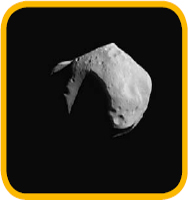 asteroid
asteroid (AS-tuh-royd): An asteroid is a small, rocky object that travels around the Sun.
 astronomers
astronomers (uh-STRON-uh-muhrz): Scientists who study outer space are astronomers.
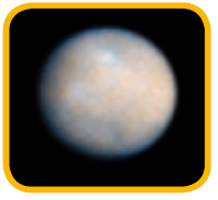 dwarf planets
dwarf planets (DWAWRF PLAN-ihtz): Round bodies that travel around a star with other nearby objects.
 orbit
orbit (AWR-biht): The path something travels around a larger object in space.
 spacecraft
spacecraft (SPAYS-kraft): A spacecraft is a spaceship that does not need to have an astronaut operating it.
A Shocking Decision
In 2006, a group of
astronomers shocked the world.
A Shocking Decision
In 2006, a group of
astronomers shocked the world.
These space scientists changed the way people thought about our solar system. For years, tiny Pluto had been the ninth planet from the Sun. But now, scientists were finding other space objects that seemed a lot like Pluto. 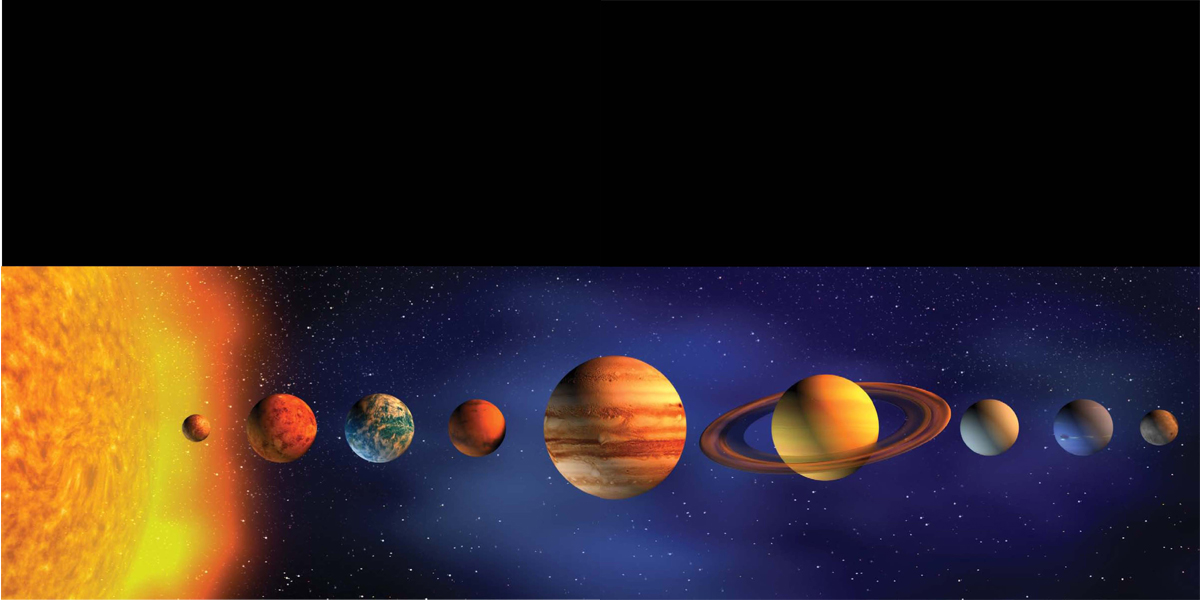 Our Solar SystemPluto Could they all be planets? No, a new category was needed. Pluto and other similar bodies were now dwarf planets.
Our Solar SystemPluto Could they all be planets? No, a new category was needed. Pluto and other similar bodies were now dwarf planets. 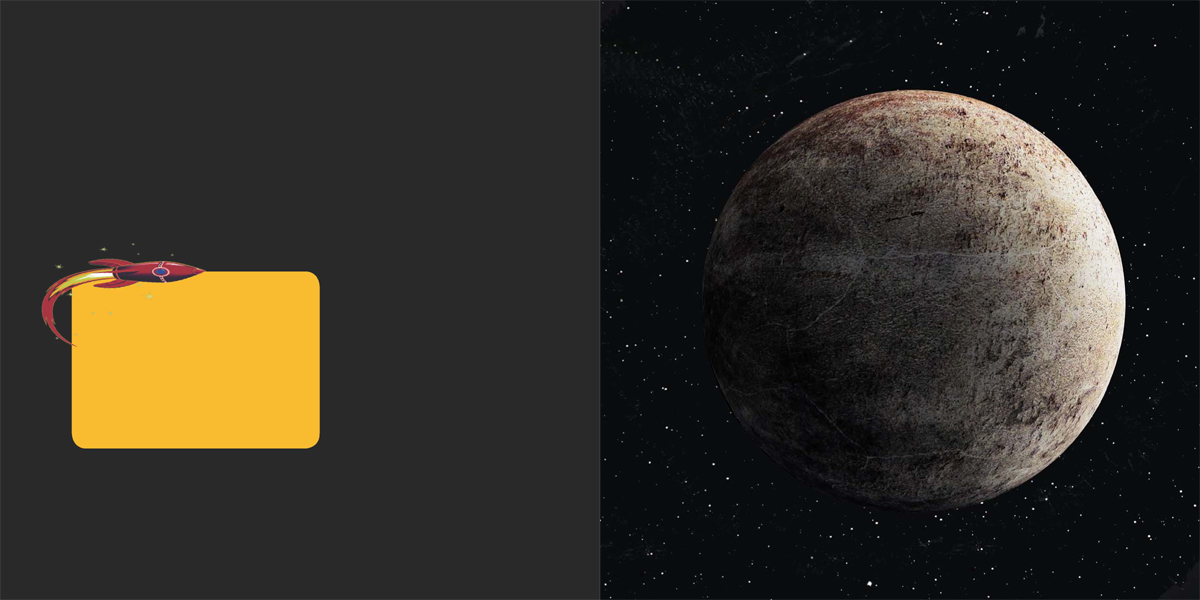 Sorry, PlutoFor many, losing Pluto was hard to take. But science is full of big changes.
Sorry, PlutoFor many, losing Pluto was hard to take. But science is full of big changes.
Every day, we learn more about space. Scientists rethink old ideas to fit new facts.Pluto Three Rules for Dwarf Planets Scientists have named five dwarf planets. Each is smaller than a planet but bigger than other space objects. All five dwarf planets are smaller than Earths Moon.  HaumeaMakemakeEarths MoonPlutoErisCeresEarth How do scientists know what counts as a dwarf planet? They follow three rules. First, a dwarf planet has to orbit, or travel around, the Sun.
HaumeaMakemakeEarths MoonPlutoErisCeresEarth How do scientists know what counts as a dwarf planet? They follow three rules. First, a dwarf planet has to orbit, or travel around, the Sun.
Moons twirl around planets. So they are not part of this group. Second, a dwarf planet has to be round. In space, only objects of certain size form into balls. So a dwarf planets roundness shows that it is over a certain size.  Each planet follows its own path around the Sun.How Round?Some scientists say the rules for dwarf planets arent clear.
Each planet follows its own path around the Sun.How Round?Some scientists say the rules for dwarf planets arent clear.
For example, what counts as round? Dwarf planet Haumea is shaped like an egg.Haumea Third, a dwarf planet shares its path around the Sun with other objects. This shows its not as big as a planet. A true planet would not have other objects share its orbit. True planets are so big that all objects in their path are pulled in by their gravity.  Both Pluto and Eris cross the orbit paths of other planets. That shows they are dwarf planets. Five Dwarf Planets, and Counting Dwarf planets share several traits with planets.
Both Pluto and Eris cross the orbit paths of other planets. That shows they are dwarf planets. Five Dwarf Planets, and Counting Dwarf planets share several traits with planets.

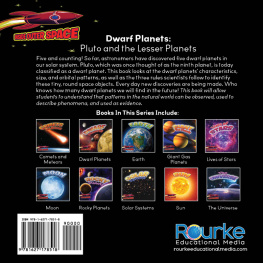
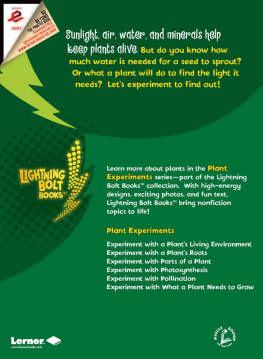
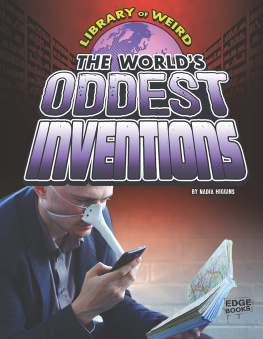
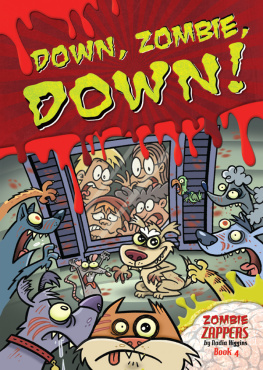
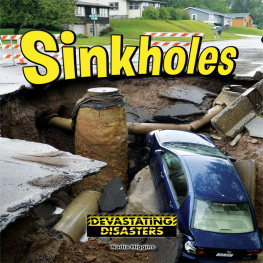
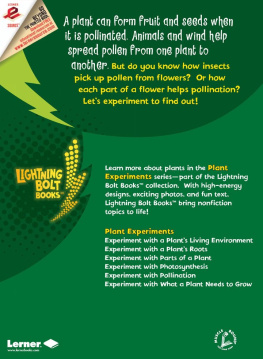

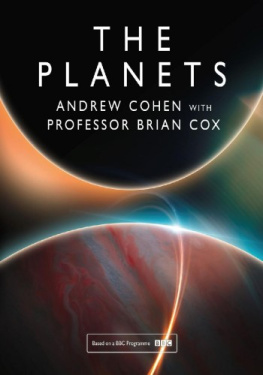

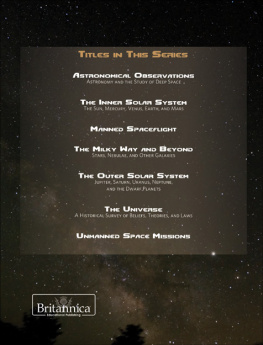
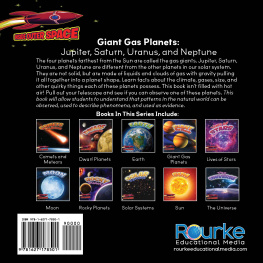
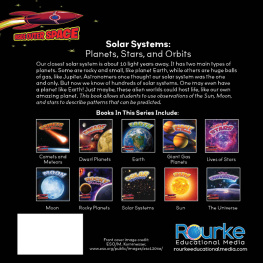

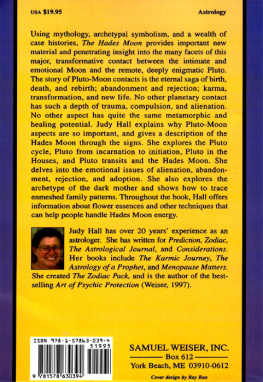
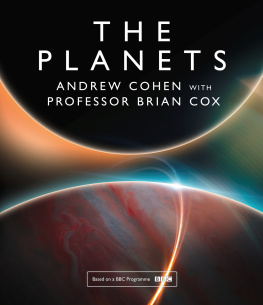
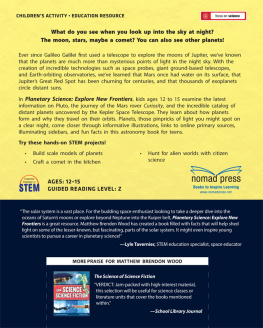
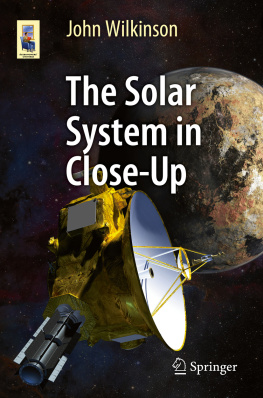

 asteroid (AS-tuh-royd): An asteroid is a small, rocky object that travels around the Sun.
asteroid (AS-tuh-royd): An asteroid is a small, rocky object that travels around the Sun.  astronomers (uh-STRON-uh-muhrz): Scientists who study outer space are astronomers.
astronomers (uh-STRON-uh-muhrz): Scientists who study outer space are astronomers.  dwarf planets (DWAWRF PLAN-ihtz): Round bodies that travel around a star with other nearby objects.
dwarf planets (DWAWRF PLAN-ihtz): Round bodies that travel around a star with other nearby objects.  orbit (AWR-biht): The path something travels around a larger object in space.
orbit (AWR-biht): The path something travels around a larger object in space.  spacecraft (SPAYS-kraft): A spacecraft is a spaceship that does not need to have an astronaut operating it.
spacecraft (SPAYS-kraft): A spacecraft is a spaceship that does not need to have an astronaut operating it.  Our Solar SystemPluto Could they all be planets? No, a new category was needed. Pluto and other similar bodies were now dwarf planets.
Our Solar SystemPluto Could they all be planets? No, a new category was needed. Pluto and other similar bodies were now dwarf planets.  Sorry, PlutoFor many, losing Pluto was hard to take. But science is full of big changes.
Sorry, PlutoFor many, losing Pluto was hard to take. But science is full of big changes. HaumeaMakemakeEarths MoonPlutoErisCeresEarth How do scientists know what counts as a dwarf planet? They follow three rules. First, a dwarf planet has to orbit, or travel around, the Sun.
HaumeaMakemakeEarths MoonPlutoErisCeresEarth How do scientists know what counts as a dwarf planet? They follow three rules. First, a dwarf planet has to orbit, or travel around, the Sun. Each planet follows its own path around the Sun.How Round?Some scientists say the rules for dwarf planets arent clear.
Each planet follows its own path around the Sun.How Round?Some scientists say the rules for dwarf planets arent clear. Both Pluto and Eris cross the orbit paths of other planets. That shows they are dwarf planets. Five Dwarf Planets, and Counting Dwarf planets share several traits with planets.
Both Pluto and Eris cross the orbit paths of other planets. That shows they are dwarf planets. Five Dwarf Planets, and Counting Dwarf planets share several traits with planets.